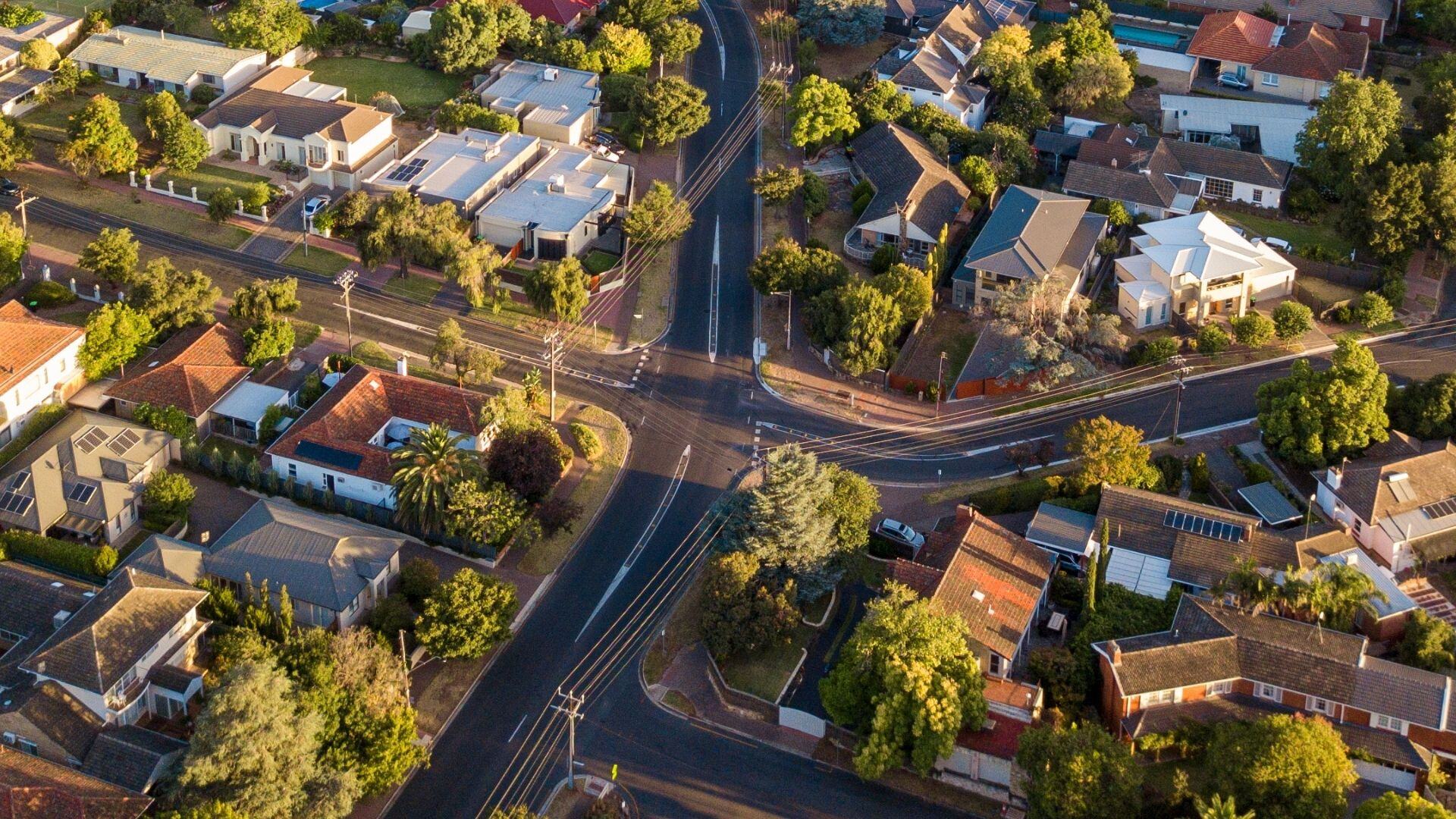In today’s blog, Georgia shows our recent Housing Report Starter guide in action. If you haven’t got your copy of the guide yet, you can download one here. Our housing team will also be at the International Cities and Town Centres conference this week – if you’re there, make sure to pop past and say hello.
.id’s housing team are about to head to Townsville, to present at the International Cities and Town Centres conference. Lots of us at .id like to get a sense of a place before we visit – and a great way to do that is to take a look at the information available in the Demographic Resource Centre.
I’ve never been to Townsville before, and I was curious about it’s housing story, given what I already know about the area, with its army base and large hospital. So I decided to use the suggested data from profile.id with the framework we share in the Housing Report Starter Guide to get me up to speed with Townsville’s housing story.
It’s a relatively large LGA with a population of just under 200,000 people. The age structure is a little younger than you would expect to see in a regional area, an effect of the army base and educational facilities attracting young adults to the area. However there is some ageing in the area. This age structure is reflected in the household types in the area, with relatively equal proportions of couples with and without children, and lone person households. This suggests Townsville needs a high level of housing diversity to cater for all these different household types.
However, the dwelling stock in Townsville is fairly homogenous – lots of separate dwellings with three or four bedrooms. This is not uncommon for a regional area, but may become an issue if the area is facing affordability issues – larger houses are usually more expensive to purchase or rent.
So, what is housing affordability like in Townsville? The LGA has seen a significant increase in households renting between 2011 and 2016.

This suggests that for some residents, purchasing a house may be unaffordable. Or given the army population in Townsville, some may choose not to purchase given the transitory nature of their jobs. However, further data available in atlas.id around housing stress suggests that affordability is an emerging issue. Mortgage stress (low income households spending more than 30% of their income on mortgage repayments) has increased in the area, from 6.6% in 2011 to 8.3% in 2016. There has also been a significant increase in rental stress over the same time period, from 20.6% to 28%.
This is just a very quick example of the types of insights that can be gained from using the tips in the Housing Report Starter Guide and the Demographic Resource Centre.


.png)







